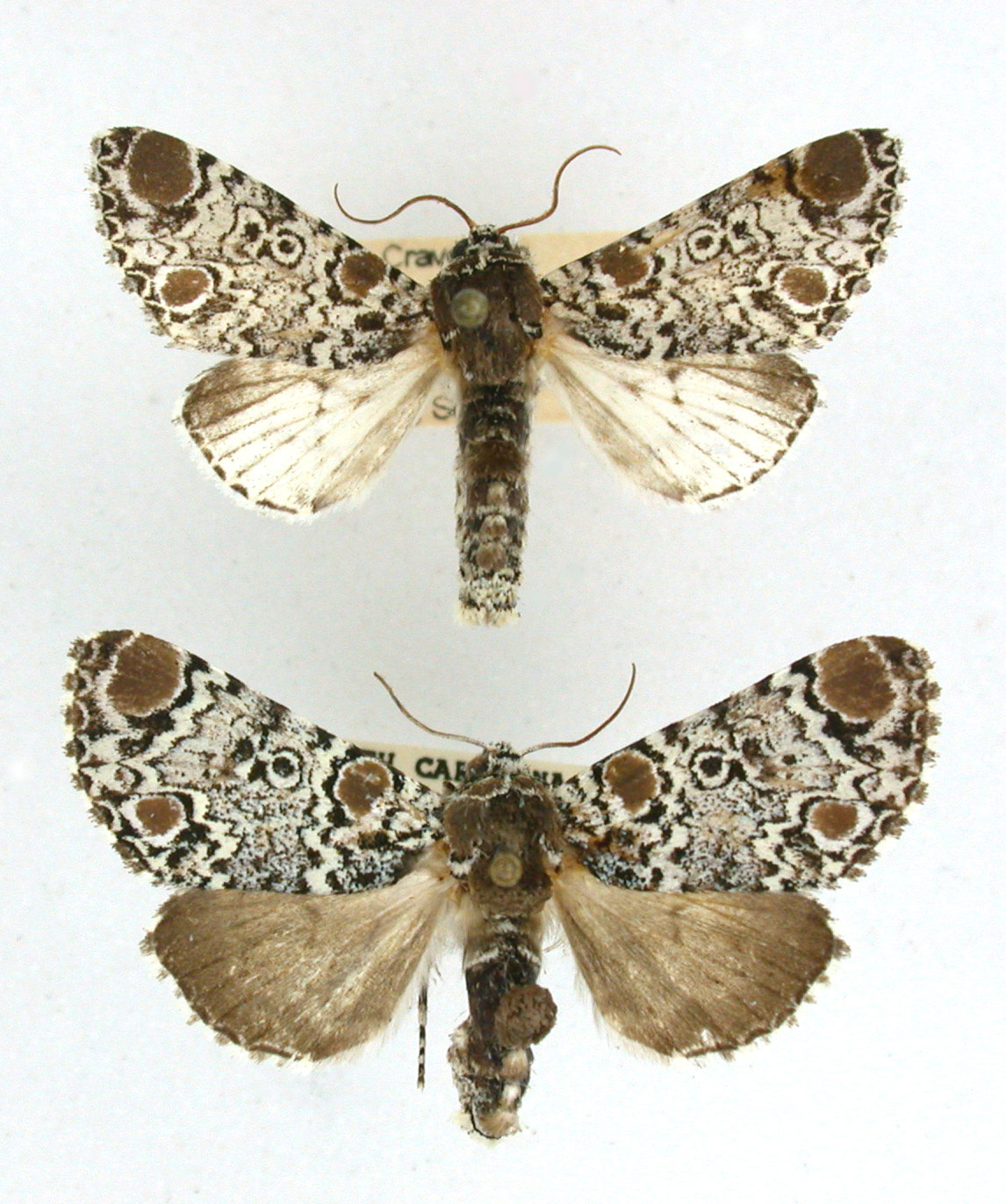
| Recorded by: Lior S. Carlson, Dean Furbish on 2025-09-24
Wake Co.
Comment: | 
| Recorded by: Lior S. Carlson, Dean Furbish on 2025-09-24
Wake Co.
Comment: |
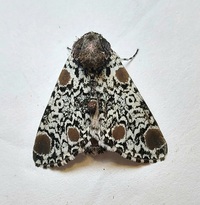
| Recorded by: Mark Basinger on 2025-04-18
Brunswick Co.
Comment: | 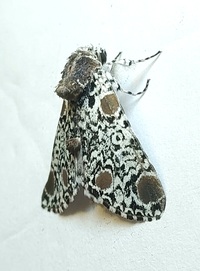
| Recorded by: Mark Basinger on 2025-04-18
Brunswick Co.
Comment: |
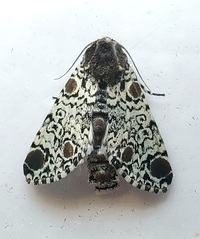
| Recorded by: Mark Basinger on 2025-04-18
Brunswick Co.
Comment: | 
| Recorded by: Mark Basinger on 2025-04-18
Brunswick Co.
Comment: |

| Recorded by: Jim Petranka and Becky Elkin on 2024-07-11
Madison Co.
Comment: | 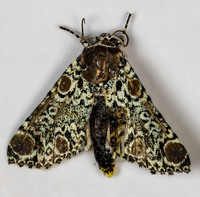
| Recorded by: Stephen Hall on 2023-07-16
Orange Co.
Comment: |
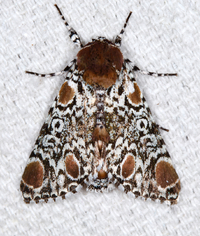
| Recorded by: Jim Petranka on 2023-07-10
Madison Co.
Comment: | 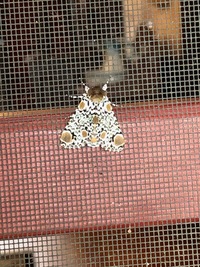
| Recorded by: Dr. John Kuykendall on 2023-06-19
Henderson Co.
Comment: |
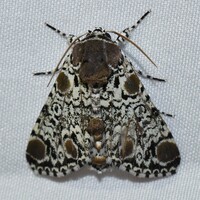
| Recorded by: David George, Jeff Niznik, Rich Teper, Erich Hofmann, Jesse Anderson on 2023-05-22
New Hanover Co.
Comment: | 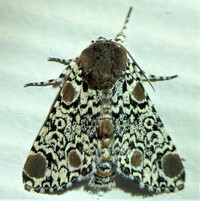
| Recorded by: Dean Furbish on 2023-05-14
Wake Co.
Comment: |
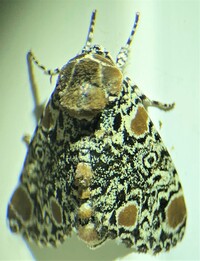
| Recorded by: Dean Furbish on 2022-07-26
Wake Co.
Comment: | 
| Recorded by: David George, Lior Carlson, Becky Watkins, Richard Teper, Stephen Dunn on 2022-07-23
Orange Co.
Comment: |
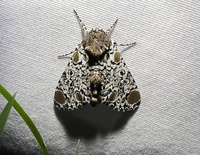
| Recorded by: Stephen Dunn on 2022-07-23
Orange Co.
Comment: | 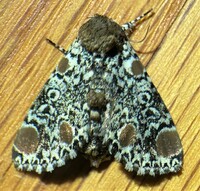
| Recorded by: Dean Furbish on 2022-06-21
Wake Co.
Comment: |

| Recorded by: David L. Heavner on 2021-09-03
Chatham Co.
Comment: | 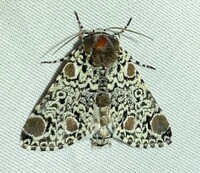
| Recorded by: Dean Furbish on 2021-05-17
Wake Co.
Comment: |
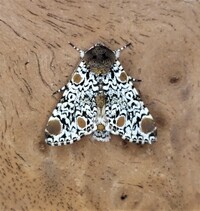
| Recorded by: Gary Maness on 2021-04-28
Guilford Co.
Comment: | 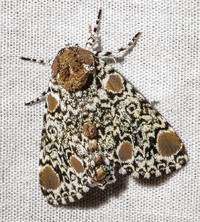
| Recorded by: Steve Hall on 2020-08-26
Orange Co.
Comment: |
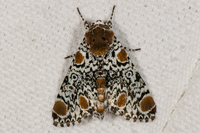
| Recorded by: David L. Heavner on 2019-07-18
Buncombe Co.
Comment: | 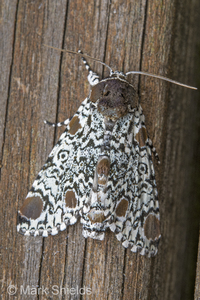
| Recorded by: Mark Shields on 2019-07-07
Onslow Co.
Comment: |
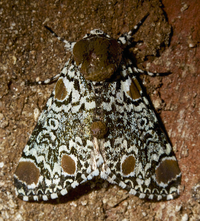
| Recorded by: Jim Petranka and Becky Elkin on 2018-07-05
Madison Co.
Comment: | 
| Recorded by: K. Bischof on 2018-05-09
Burke Co.
Comment: |
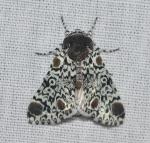
| Recorded by: K. Bischof on 2017-05-22
McDowell Co.
Comment: | 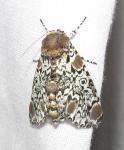
| Recorded by: B. Bockhahn, P. Scharf, S. Hall on 2015-07-22
Stanly Co.
Comment: |

| Recorded by: B. Bockhahn, P. Scharf, K. Kittelberger on 2015-06-18
Avery Co.
Comment: | 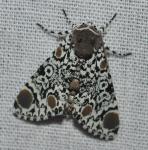
| Recorded by: K. Bischof on 2014-08-03
McDowell Co.
Comment: |

| Recorded by: Paul Scharf on 2014-05-24
Warren Co.
Comment: | 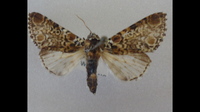
| Recorded by: Darryl Willis on 2014-05-22
Cabarrus Co.
Comment: |
|

 »
»
